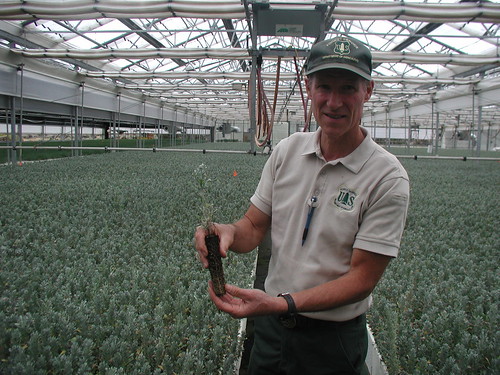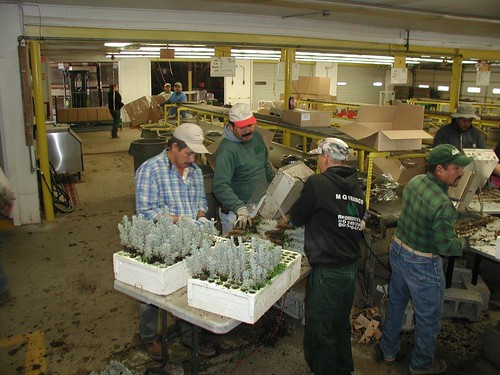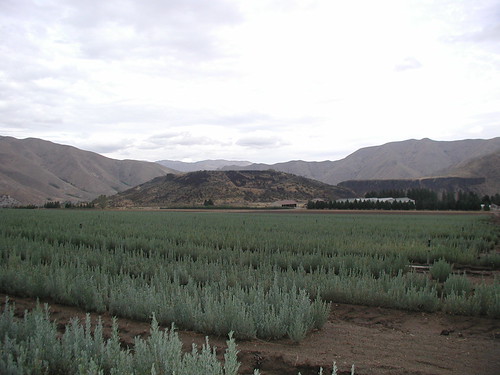
The need for food and shelter for wildlife to survive is basic, particularly for sage grouse living in a post-wildfire landscape in western states. The U.S. Forest Service is helping this upland game bird survive by growing about 3 million sagebrush shrubs a year to restore the area’s dry, grassy plains, essential for the bird’s nesting grounds.
“Our goal is to help accelerate the restoration process on our public lands,” says Clark Fleege, manager of the Lucky Peak Nursery, part of the Boise National Forest.
The nursery grows native conifer trees for reforestation on lands administered by the Forest Service, as well as producing native plant seedlings. These are needed to sustain healthy forests and watersheds. Lucky Peak is one of six Forest Service nurseries nationwide that support this type of work.
Because nature abhors a vacuum, non-native, invasive and noxious weeds such as cheat grass and rush skelton weed with little to no value to the local ecosystem are filling the landscape after massive wildfires or prolonged drought.
“Working with our federal and state land manager clients, we are supporting sage grouse habitat, which in turn will inspire current and future generations to continue enjoying the many opportunities that our national forests and grasslands provide such as nature watching, hunting and recreation,” said Fleege.

The process begins when the customer collects the raw seed from the area needing healthy vegetation and brings them to the nursery in the fall where they are dried and processed. In the spring, the tiny sagebrush seeds are sown indoors in a greenhouse or outdoors in large production fields where they germinate quickly. They grow from May until October with regular irrigation, fertilization and encouragement from the nursery staff. By the time the one-year old sagebrush seedlings are ready for harvesting, packing and planting in October, they are at least eight inches in height.
How much seed is needed depends on the size of the area to be restored. It takes about 100 pounds of the raw seeds to yield 4 pounds of clean seeds. Each pound of seed contains two million seeds roughly the size of pepper specks. Four pounds of seed will yield 400,000 one-year old sagebrush seedlings that will cover around 1,500 acres of land.
“We grew sagebrush and bitterbrush dryland shrubs for our home forest here to plant on the South Fork of the Boise River after the Elk and Pony fires burned approximately 280,000 acres in 2013,” said Kelly Demasters, a program specialist with the nursery.
The nursery is now growing sagebrush seedlings for the Forest Service, Bureau of Land Management and state agency land management offices in California, Idaho, Nevada and Oregon to plant after this year’s fires.




